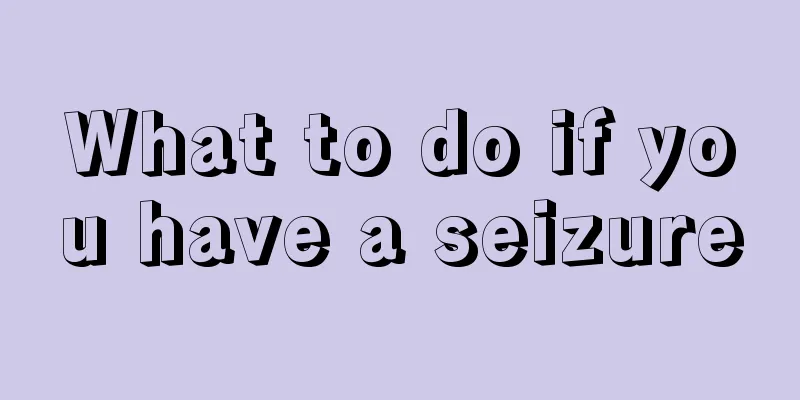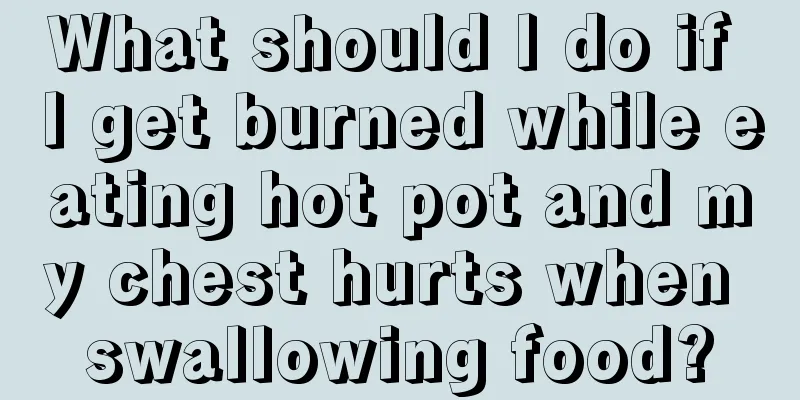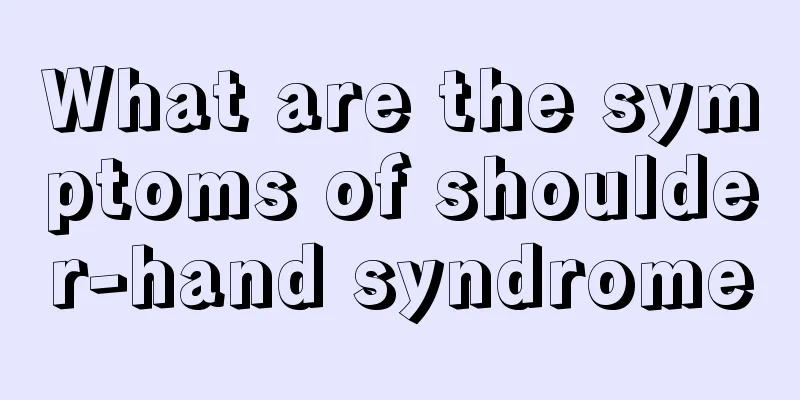What to do if you have a seizure

|
Many people may have encountered convulsions, which is a situation in which the human body suddenly faints. There are many reasons for this situation. It may be caused by an epileptic seizure, a malfunction of the neurons in the human brain, or a malfunction of the central nervous system. Convulsions require people to take timely measures to deal with them. Here is what to do if you have a convulsion. A convulsion is an involuntary single or continuous strong contraction of any skeletal muscle in the body caused by an organic or functional abnormality of the central nervous system. The patient presents with sudden loss of consciousness, upward rolling of the eyes, tonic or clonic twitching of the limbs and trunk muscles. The attack may last from a few seconds to a few minutes. In severe cases, the attack may recur or even be persistent. This symptom is mainly caused by the sudden excessive and chaotic discharge of brain neurons, which causes intermittent dysfunction of the nervous system. There are many causes of convulsions. Although a grand mal seizure of epilepsy manifests as convulsions, we must not equate convulsions with grand mal seizures and delay the diagnosis and treatment of other diseases. The following is a brief introduction to the common causes of convulsions: 1. Febrile convulsions: The most common cause of pediatric convulsions, which is more common in children under 3 years old. Because the brain and nervous system are not yet fully developed, they cannot effectively regulate various parts of the body under high fever conditions, so convulsions may occur when the body temperature exceeds 39°C. The main cause of high fever in children is infection, such as colds, pneumonia, acute suppurative tonsillitis and intracranial infection. 2. Grand mal seizure: It is a common cause of convulsions in adults, and the patient usually has a history of epileptic seizures. The clinical manifestations are that the patient suddenly screams, loses consciousness and faints, and has muscle rigidity and convulsions all over the body, accompanied by incontinence and foaming at the mouth. The patient can wake up on his own after a few minutes. After waking up, the patient suffers from fatigue, drowsiness, body aches, etc. 3. Tetanus: caused by the patient being infected with Clostridium tetani. All patients had a history of injury before the onset of the disease, and the wounds were deep and contaminated. About a week after the injury, he suddenly had a seizure, with clenched teeth, a wry smile on his face, and opisthotonos (the back muscles were rigid and stretched backward). Even the slightest stimulation can induce a seizure in the patient. This disease is also seen in improper disinfection of the umbilical wound of newborns. 4. Hypocalcemia: Major convulsions rarely occur, mainly manifested as convulsions of the hands and feet. During an attack, the hands are shaped like eagle claws, the feet are climbing, and the knee and hip joints are flexed. Hypocalcemia in children is mostly due to vitamin D deficiency. In addition to intermittent attacks of hand and foot cramps, there are also symptoms of calcium deficiency such as pigeon chest, bald spot on the back of the head, irritability, night terrors, etc. Calcium deficiency in adults is more common in the elderly, but it generally does not lead to convulsions. Sometimes, hypocalcemia can be caused by mistakenly removing the parathyroid glands during thyroidectomy. 5. Central nervous system diseases: Encephalitis and meningitis caused by various pathogens, such as Japanese encephalitis, tuberculous meningitis, viral encephalitis, epidemic meningitis, etc. can all cause convulsions. The occurrence of convulsions is mainly due to central nervous system lesions that destroy the regulatory function of the nervous system. 6. Other causes: Under certain conditions, hypoglycemia, dehydration, heart disease, liver disease and lung disease may lead to convulsions. : : : : : : : : : : : : : : : : : : : : : : : : : : : : : : : : : : : : : : : : : : : : : : : : : : : : : : : : : : : : : : : : : : : : : : : : : : : : : : : : : : : : : : : : : : : : : : : : : : : : : : : : : : : : : : : : : : : : : : : : : : : : : : : : : : : : : : : : : : : : : : : : : : : : : : : : : : : : : : : : : : : : : : : : : : : : : : : : : : : : : : : : : : : : : : : : : : : : : : : : : : : : : : : : : : : : : : : : : : : : : : : : : : : : : : : : : : : : : : : : : : : : : : : : : : : : : : : |
>>: Anxiety and fast heartbeat
Recommend
Nursing of benign ovarian teratoma
Benign teratomas are generally treated with surge...
The harm of brain cancer should be taken seriously
In recent years, there are many people suffering ...
Are hairy crabs cold?
Autumn is a good time to eat hairy crabs. Many pe...
What is the cure rate of pituitary tumors
Pituitary tumors are very harmful to the human br...
What to do with allergic keratitis
Allergic keratitis is also a type of keratitis. T...
How to get rid of deep neck lines
Love of beauty is a woman's nature. Most wome...
The reason why fat particles grow under the eyes
Eyes are the windows to the soul. Everyone wants ...
Explain the typical clinical symptoms of kidney cancer
Many people often pay attention to the typical cl...
Three factors that induce esophageal cancer
Experts say that the causes of esophageal cancer ...
Why do my eyelids keep twitching
Everyone knows that eyelid twitching is a helples...
What should I do if my hair is falling out? 4 dietary methods to prevent hair loss
Hair loss itself is a troublesome thing. If the h...
What are the causes of breast cancer? Pay more attention to the 6 common causes of breast cancer
How is breast cancer caused? How to prevent breas...
Gas water heater failure and repair methods
If you want to know what gas water heater failure...
Watch out! There are only five steps between fatigue and cancer
The reason why the human body is fatigued is too ...
What are the symptoms of lung disease?
The lungs are an important organ of the respirato...









